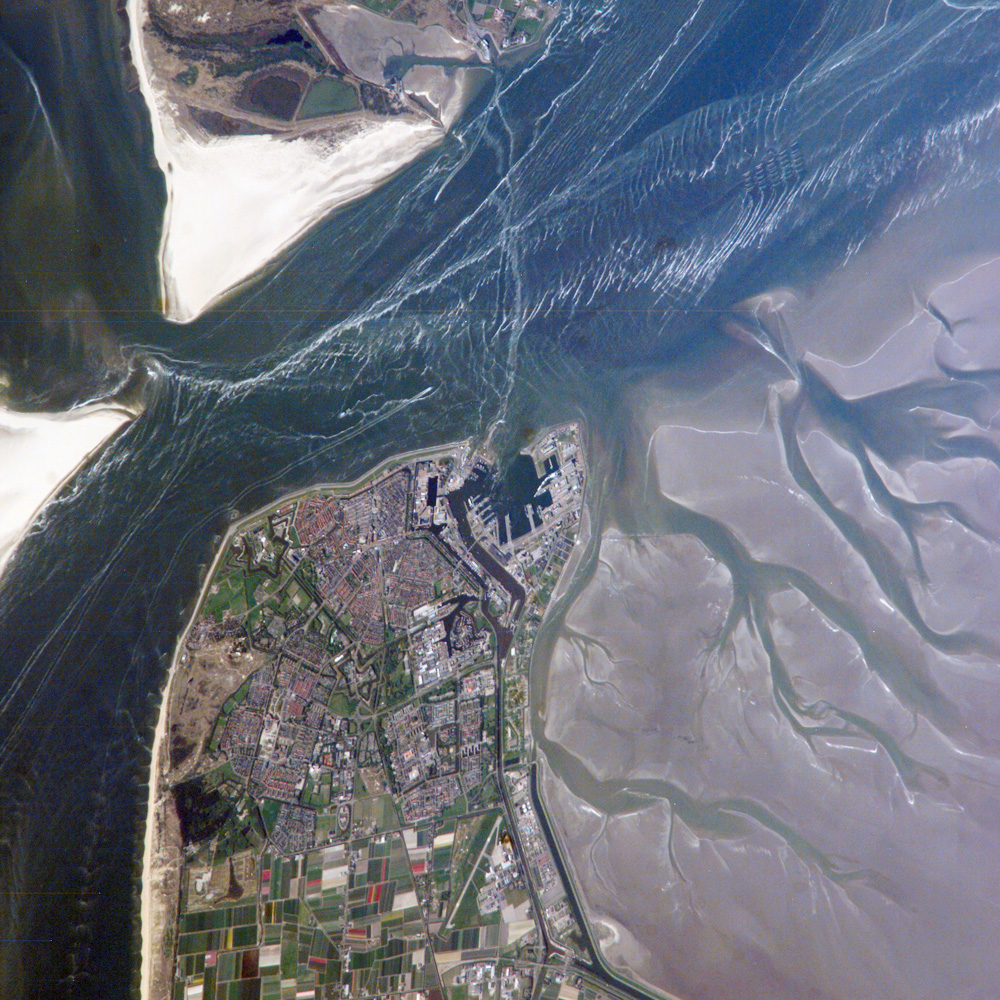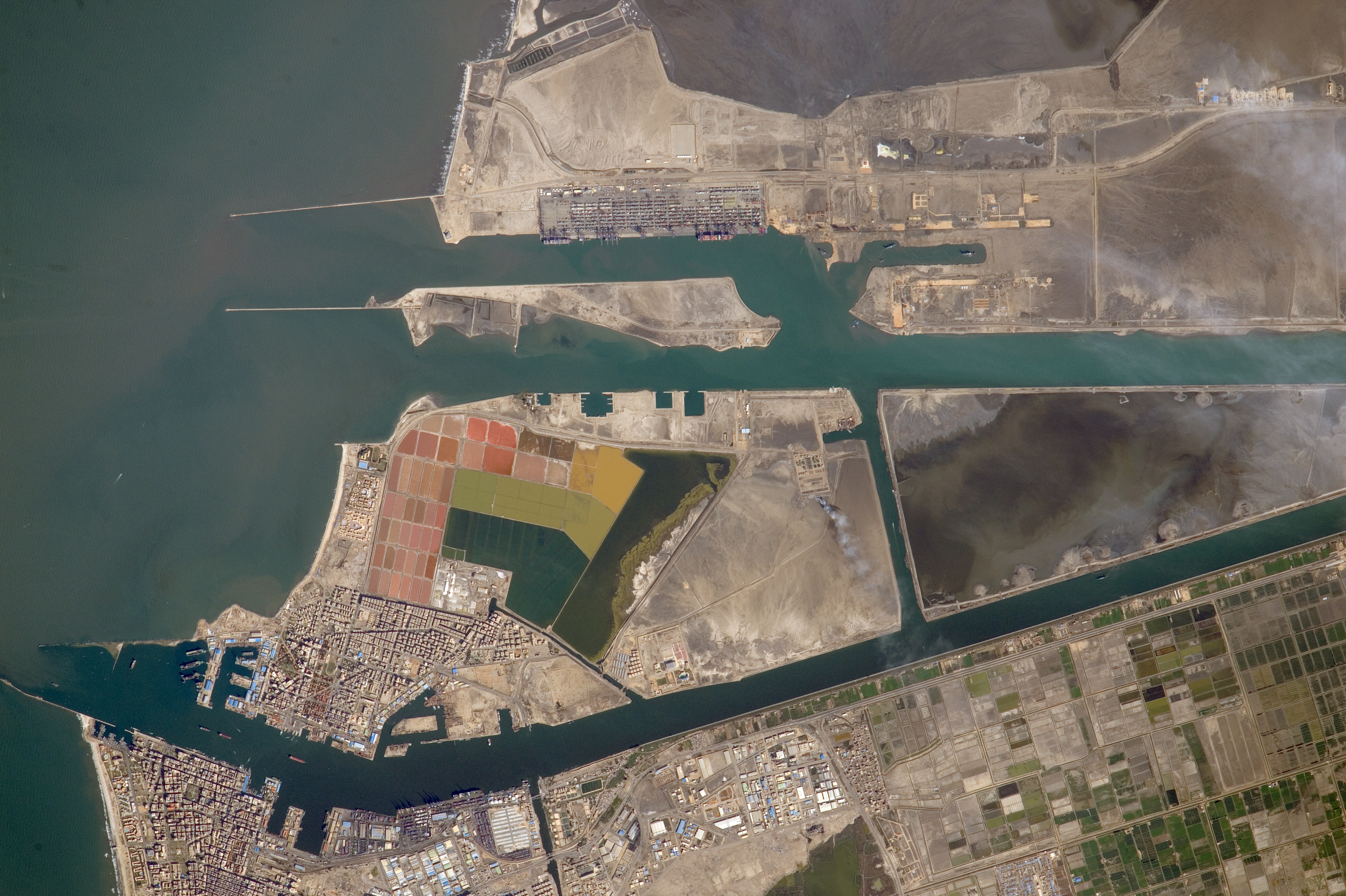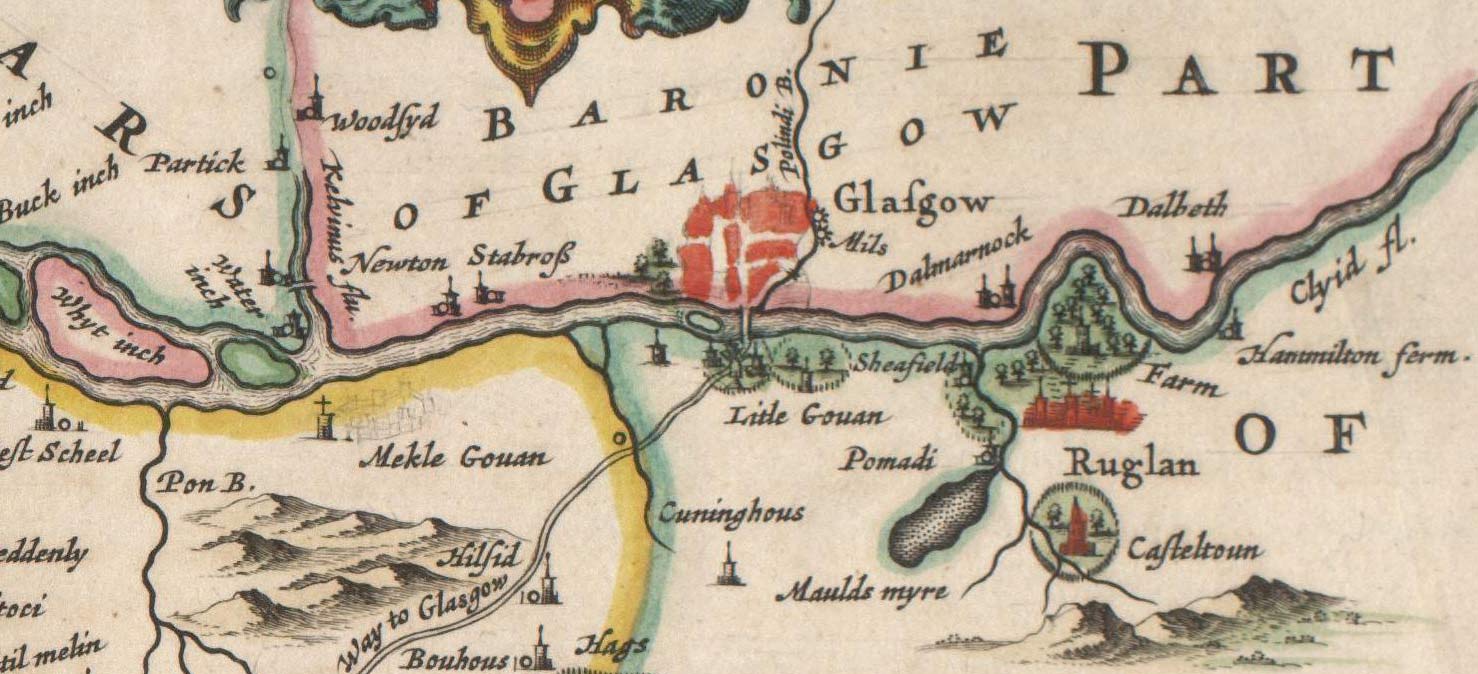|
Batavia Dock
''Batavia Dock'', was a floating dry dock built for the Nederlands Indische Droogdok Maatschappij (NIDM) in the 1870s. It was the biggest of two unique tower dry docks, but would never be used. Context Dry dock capacity in the Dutch East Indies In the 1850s there were only two dry docks in the Dutch East Indies, both made of wood. Meanwhile, the demand for dry dock capacity increased sharply. In the 1860s one of the first iron dry docks ever built appeared in the Dutch East Indies. It was the commercial iron dry dock for the shipping line of Cores de Vries, built by Randolph, Elder and Co. After being assembled in the Indies, she sunk during her trial in Surabaya in 1863. The Dutch Navy reacted to the demand by sending the iron Onrust Dock of 3,000 tons. This iron dry dock arrived at Onrust Island near Batavia on 4 November 1869. She did well, but was owned by the navy. The NIDM Since 1 January 1869 civilian ships were no longer allowed in the government dry docks of the ... [...More Info...] [...Related Items...] OR: [Wikipedia] [Google] [Baidu] |
Hanna, Donald & Wilson
Hanna, Donald and Wilson were a Scottish engineering and shipbuilding firm which flourished in the Victorian era. Reid & Hanna The general engineering firm of Reid & Hanna was founded in 1816 in Paisley, Scotland. Paisley had become an important industrial town in the late 18th century. By the mid-19th century weaving would become the town's principal industry. Of course the textile industry created opportunities for local machine factories and / or repair shops. Reid & Hanna might have been a company that just catered to the needs of the local textiles industry. Paisley was also a traditional center for shipbuilding. It is connected to the Clyde by the modest River Cart. When ships became too big for the River Cart, the local maritime industry adapted to building small vessels, specializing, or building "knock down" vessels. In July 1834 Reid & Hanna were reported to have finished a very beautiful sheet iron gig for use on the Paisley Canal, together with Walker firm. Two ot ... [...More Info...] [...Related Items...] OR: [Wikipedia] [Google] [Baidu] |
Den Helder
Den Helder () is a municipality and a city in the Netherlands, in the province of North Holland. Den Helder occupies the northernmost point of the North Holland peninsula. It is home to the country's main naval base. From here the Royal TESO ferryboat service operates the transportation link between Den Helder and the nearby Dutch Wadden island of Texel to the north. Etymology Before the year 1928 the official name of Den Helder was Helder. The origin of the name Helder is not entirely clear. The name Helder may have come from ''Helle/Helde'', which means "hill" or "hilly grounds", or from ''Helre'', which means a sandy ridge. Another explanation is that the name derived from ''Helsdeur'' (Hell's Door), likely because in the water between Den Helder and Texel (called Marsdiep) the current was so strong that many ships were lost. History Huisduinen was the original older part of the city, whereas Helder itself was a nearby smaller hamlet. When a harbour was built near ... [...More Info...] [...Related Items...] OR: [Wikipedia] [Google] [Baidu] |
Naval Ships Of The Netherlands
A navy, naval force, or maritime force is the branch of a nation's armed forces principally designated for naval and amphibious warfare; namely, lake-borne, riverine, littoral, or ocean-borne combat operations and related functions. It includes anything conducted by surface ships, amphibious ships, submarines, and seaborne aviation, as well as ancillary support, communications, training, and other fields. The strategic offensive role of a navy is projection of force into areas beyond a country's shores (for example, to protect sea-lanes, deter or confront piracy, ferry troops, or attack other navies, ports, or shore installations). The strategic defensive purpose of a navy is to frustrate seaborne projection-of-force by enemies. The strategic task of the navy also may incorporate nuclear deterrence by use of submarine-launched ballistic missiles. Naval operations can be broadly divided between riverine and littoral applications (brown-water navy), open-ocean applications ... [...More Info...] [...Related Items...] OR: [Wikipedia] [Google] [Baidu] |
Tonnage
Tonnage is a measure of the cargo-carrying capacity of a ship, and is commonly used to assess fees on commercial shipping. The term derives from the taxation paid on '' tuns'' or casks of wine. In modern maritime usage, "tonnage" specifically refers to a calculation of the volume or cargo volume of a ship. Although tonnage (volume) should not be confused with displacement (the actual weight of the vessel), the long ton (or imperial ton) of 2,240 lb is derived from the fact that a " tun" of wine typically weighed that much. Tonnage measurements Tonnage measurements are governed by an IMO Convention (International Convention on Tonnage Measurement of Ships, 1969 (London-Rules)), which initially applied to all ships built after July 1982, and to older ships from July 1994. [...More Info...] [...Related Items...] OR: [Wikipedia] [Google] [Baidu] |
City Of Glasgow Bank
The City of Glasgow Bank was a bank in Scotland that was largely known for its spectacular collapse in October 1878, which ruined all but 254 of its 1,200 shareholders since their liability was unlimited. History The bank was founded in 1839 with an initial capital of £656,250 (equivalent to about £46 million at 2005 prices). It aimed to cater particularly for small savers, with its branches opening in the evenings to receive deposits. It was part of a wave of bank formations that saw 16 Scottish banks established between 1825 and 1840. By the 1870ss the bank had grown to have the third-largest branch network in the United Kingdom. As was common at the time its shareholders had unlimited liability and so they were jointly liable to cover any debts and were called to inject additional funds to cover any losses. The bank's principal office was established in Virginia Street, Glasgow in 1842 and moved to Glassford Street in 1851. During the Panic of 1857, the bank had to suspen ... [...More Info...] [...Related Items...] OR: [Wikipedia] [Google] [Baidu] |
Picul
A picul or tam is a traditional Asian unit of weight, defined as "as much as a man can carry on a shoulder-pole". History The word ''picul'' appeared as early as the mid 9th century in Javanese. Following Spanish, Portuguese, British and most especially the Dutch colonial maritime trade, the term ''picul'' was both a convenient unit, and a lingua franca unit that was widely understood and employed by other Austronesians (in modern Malaysia and the Philippines) and their centuries-old trading relations with Indians, Chinese and Arabs. It remained a convenient reference unit for many commercial trade journals in the 19th century. One example is ''Hunts Merchant Magazine'' of 1859 giving detailed tables of expected prices of various commodities, such as coffee, e.g. one picul of Javanese coffee could be expected to be bought from 8 to 8.50 Spanish dollars in Batavia and Singapore. Definitions As for any traditional measurement unit, the exact definition of the picul ... [...More Info...] [...Related Items...] OR: [Wikipedia] [Google] [Baidu] |
Padang
Padang () is the capital and largest city of the Indonesian province of West Sumatra. With a Census population of 1,015,000 as of 2022, it is the 16th most populous city in Indonesia and the most populous city on the west coast of Sumatra. The Padang metropolitan area is the third most populous metropolitan area in Sumatra with a population of over 1.4 million. Padang is widely known for its Minangkabau culture, cuisine, and sunset beaches. The city had historically been a trading center since the pre-colonial era, trading in pepper and gold. The Dutch made contact with the city in the mid 17th century, eventually constructing a fortress and taking over control of the city from the Pagaruyung Kingdom. Save for several interruptions of British rule, Padang remained part of the Dutch East Indies as one of its major cities until Indonesian independence. In 1906, Padang along with Palembang became the first populated places in Sumatra to achieve city status (''gemeente''). Histo ... [...More Info...] [...Related Items...] OR: [Wikipedia] [Google] [Baidu] |
Port Said
Port Said ( ar, بورسعيد, Būrsaʿīd, ; grc, Πηλούσιον, Pēlousion) is a city that lies in northeast Egypt extending about along the coast of the Mediterranean Sea, north of the Suez Canal. With an approximate population of 603,787 (2010), it is the fifth-largest city in Egypt. The city was established in 1859 during the building of the Suez Canal. There are numerous old houses with grand balconies on all floors, giving the city a distinctive look. Port Said's twin city is Port Fuad, which lies on the eastern bank of the Suez Canal. The two cities coexist, to the extent that there is hardly any town centre in Port Fuad. The cities are connected by free ferries running all through the day, and together they form a metropolitan area with over a million residents that extends both on the African and the Asian sides of the Suez Canal. The only other metropolitan area in the world that also spans two continents is Istanbul. Port Said acted as a global city si ... [...More Info...] [...Related Items...] OR: [Wikipedia] [Google] [Baidu] |
Fathom
A fathom is a unit of length in the imperial and the U.S. customary systems equal to , used especially for measuring the depth of water. The fathom is neither an International Standard (SI) unit, nor an internationally-accepted non-SI unit. Historically, however, it is the most frequently employed maritime measure of depth in the English-speaking world. There are two yards (6 feet) in an imperial fathom. Originally the span of a man's outstretched arms, the size of a fathom has varied slightly depending on whether it was defined as a thousandth of an (Admiralty) nautical mile or as a multiple of the imperial yard. Formerly, the term was used for any of several units of length varying around . Name The name (pronounced ) derives from the Old English word ''fæðm'', cognate to the Danish (via the Vikings) word "favn" meaning embracing arms or a pair of outstretched arms. Cognate maybe also via the Old High German word "fadum" of the same meaning.''Oxford English Dictio ... [...More Info...] [...Related Items...] OR: [Wikipedia] [Google] [Baidu] |
Thousand Islands (Indonesia)
The Thousand Islands (Indonesian: ''Kepulauan Seribu'') are a chain of islands to the north of Jakarta's coast. It forms the only regency of Jakarta, the capital of Indonesia. It consists of a string of 342 islandsSK Gubernur KDKI No. 1986/2000 stretching north into the Java Sea at West Jakarta Bay and in fact north of Banten Province. Pramuka Island is the regency seat. A decree states that 36 islands may be used for recreation.SK Gubernur KDKI No. 1814/198 Of these, only 13 islands are fully developed: 11 islands are homes to resorts and two islands are historic parks. Twenty-three are privately owned and are not open to the public. The rest of the islands are either uninhabited or support a fishing village. History The modern history of the Thousand Islands begins with its role in the defenses of the city of Batavia for the Dutch East India Company ( nl, Vereenigde Oostindische Compagnie, abbreviated VOC) and the Dutch colonial empire. Before the arrival of the Dutch, ... [...More Info...] [...Related Items...] OR: [Wikipedia] [Google] [Baidu] |
Batavia Dock West Side
Batavia may refer to: Historical places * Batavia (region), a land inhabited by the Batavian people during the Roman Empire, today part of the Netherlands * Batavia, Dutch East Indies, present-day Jakarta, the former capital of the Dutch East Indies (1619–1949) ** Old Batavia, the original downtown area of Jakarta ** Jakarta, the modern-day city, capital of Indonesia * Batavian Republic, the Netherlands from 1795 to 1806 as a French vassal state, ''Batavia'' being the Latin name of the Low countries * Passau, Germany, called ''Batavis'' or ''Batavia'' by the Romans Modern places United States * Batavia, California, an unincorporated community in Solano County, California * Batavia, Illinois, a city in Kane County, Illinois, named for the city in New York * Batavia, Iowa, a city in Jefferson County, Iowa * Batavia, Michigan, a community in Branch County, Michigan * Batavia, New York, a city which is the county seat of Genesee County, New York, named for the region in the Neth ... [...More Info...] [...Related Items...] OR: [Wikipedia] [Google] [Baidu] |
Govan
Govan ( ; Cumbric?: ''Gwovan'?''; Scots: ''Gouan''; Scottish Gaelic: ''Baile a' Ghobhainn'') is a district, parish, and former burgh now part of south-west City of Glasgow, Scotland. It is situated west of Glasgow city centre, on the south bank of the River Clyde, opposite the mouth of the River Kelvin and the district of Partick. Historically it was part of the County of Lanark. In the early medieval period, the site of the present Govan Old churchyard was established as a Christian centre for the Brittonic Kingdom of Alt Clut (Dumbarton Rock) and its successor realm, the Kingdom of Strathclyde. This latter kingdom, established in the aftermath of the Viking siege and capture of Alt Clut by Vikings from Dublin in AD 870, created the sandstone sculptures known today as the Govan Stones. Govan was the site of a ford and later a ferry which linked the area with Partick for seasonal cattle drovers. In the eighteenth and nineteenth centuries, textile mills and coal mini ... [...More Info...] [...Related Items...] OR: [Wikipedia] [Google] [Baidu] |






.jpeg)
